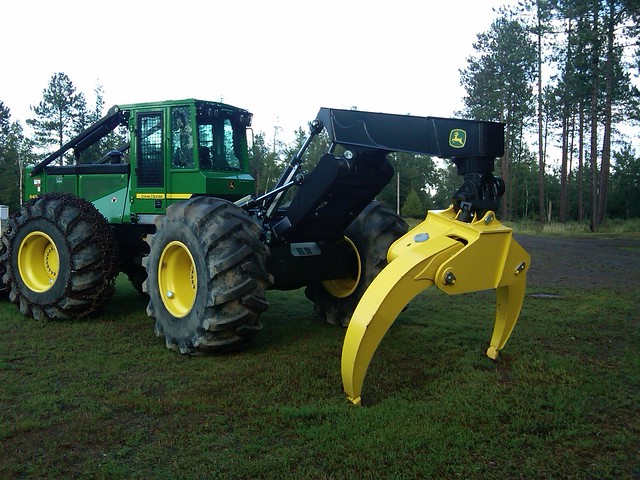Picture a Moose with white patches of fur covered in thousands of grape sized ticks. This is a reality for moose in northern latitudes including New Hampshire and Isle Royale. Warmer shorter winters have resulted in exploding tick populations in these regions.
Moose pick up the ticks grazing on vegetation. The moose attempts to remove the ticks by excessive scratching and pulling of its fur. This leads to what many animal control agencies call a "ghost moose," white in appearance due to lack of fur, exposed skin and anemia. Moose die of anemia at the hand of thousands of bloodsucking ticks. Not exactly the way I would want to go.
Moose populations have seen a decline of upwards of 51% in some regions. Currently the Adirondack park officials are determining if Adirondack Moose are experiencing the same issues as Moose from Isle Royale and New Hampshire. Estimates of the current moose population in New York range from 500-1000. These concerns have launched a recount to determine if the moose population in New York is growling, declining or shrinking. Cornell University, the Department of Environmental Conservation, the State University of new York College of Environmental Science and Forestry, and the Wildlife Conservation Society are all teaming up to tackle the project.
Methods for the recount are extensive including aerial counts utilizing helicopters, DNA evidence from moose scat, and GPS satellite data from tracking collars. Currently two moose are wearing the GPS collars but that is extremely cost intensive. The project which will have a duration of three years.
This Moose tick issue sheds a light on the consequences of global warming. I think people like to think of global warming as something that is a distant problem. Yes, they may be right that the greatest effects of global warming will occur in the future but what many do not realize is we are feeling the effects now.http://www.adirondackalmanack.com/2013/10/adirondack-moose-winter-ticks.html
http://www.natureworldnews.com/articles/10800/20141201/moose-die-offs-prompt-population-count-in-adirondacks.htm
http://www.ithacajournal.com/story/news/local/2014/11/30/adirondack-moose-count/19700609/

